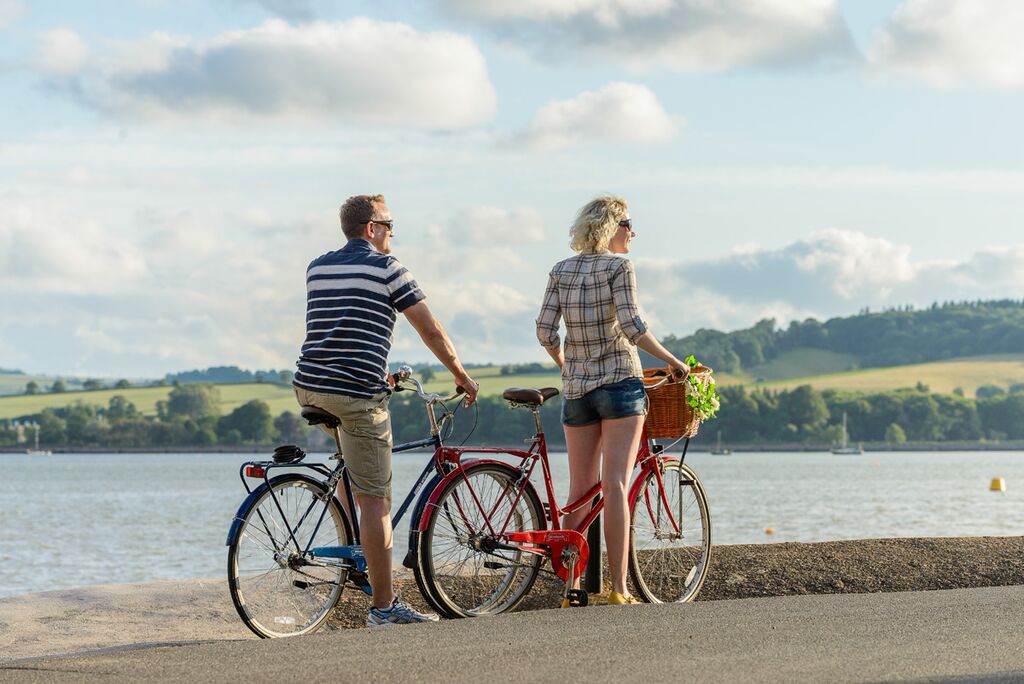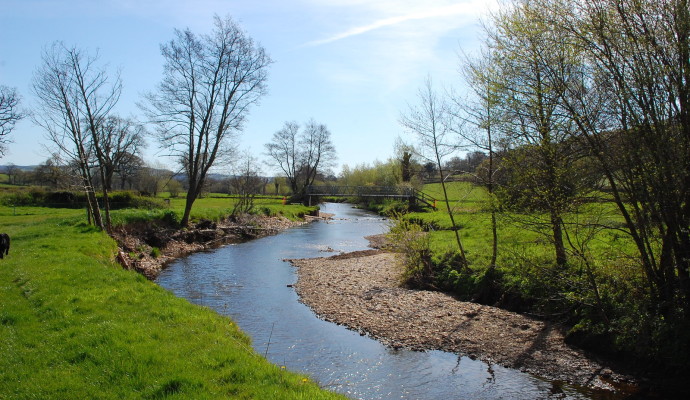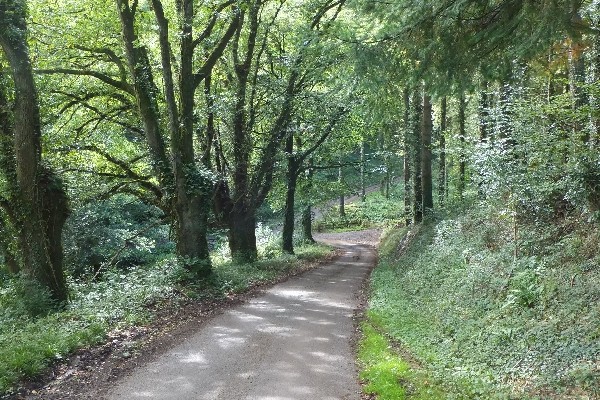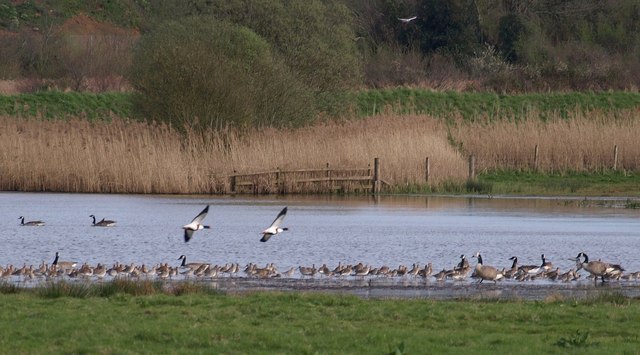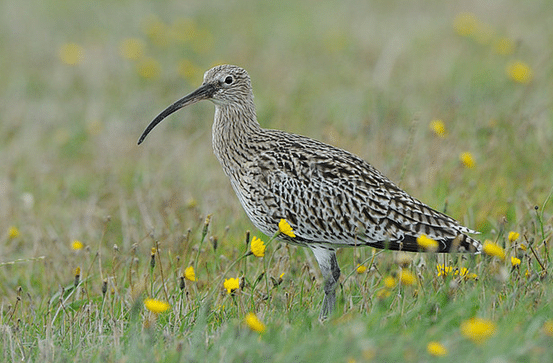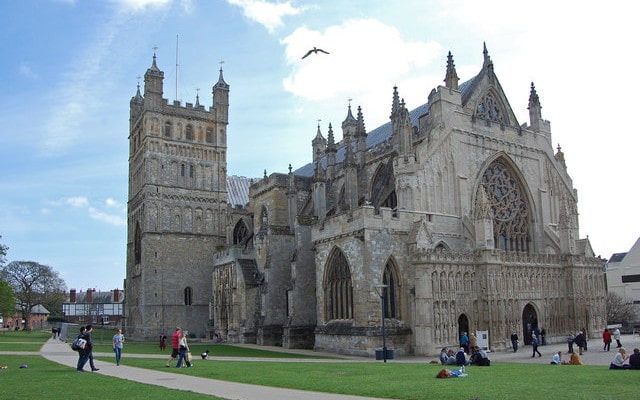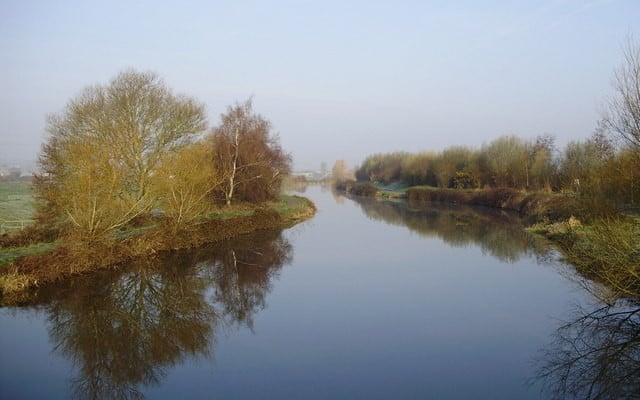Interesting information
The Exe Estuary is a destination that can be explored again and again. It is one of the most important estuaries in Europe for wildlife, particularly birds, and has several international designations. It is an essential high-tide roosting site for the many thousands of birds that migrate to the estuary each winter. They feed and rest on these areas during high tide and then move back on to the rich mud flats to feed on worms, snails and shellfish as they are revealed by the falling tide. Thousands of birds come to feed, on migration, or to spend the winter here.
Topsham is famed for its shipbuilding and maritime history, and was once a larger port than Exeter itself. Now still delightfully self-contained with its shops, Dutch houses, quay and open spaces, it offers many attractions to the summer or winter visitor. At its southern end is Bowling Green Marsh, the main high tide roost for the north of the estuary. High numbers of black-tailed godwits can be seen and many widgeon graze on the Marsh.
The Old Sludge Beds Devon Wildlife Trust Reserve covers an area of land sandwiched between the River Exe and the Exeter Canal. Until the construction of a new water works in 1969, the Old Sludge Beds were the final breakdown site for treated sewage sediment. The abandoned settling lagoons were dug out to create small ponds, now with established reedbeds, which provide a great location for wildlife, especially birds. Follow the paths and boardwalks around the site or sit at the viewing platform to watch the bird life.
The Exminster Marshes are an area of wet grassland drained by dykes and ditches, and are an important breeding ground for lapwings and redshanks. Ducks, including shovelers and teals, also breed here. In winter, the marshes provide roosting and feeding areas for waders such as curlews and black-tailed godwits, and brent geese graze the drier areas. The ditches have a good dragonfly fauna, including the rare hairy dragonfly.
Dawlish Warren, as well as being a popular beach, is a National Nature Reserve. It is an area of grassland, sand dunes, mudflats and centres on a 1½ mile long sandspit and beach across the mouth of the Exe Estuary. The dunes and grassland have a host of special plants; over 600 different types of flowering plants have been recorded on the Warren. This varied Reserve has many different habitats including salt marsh, fresh water ponds, wet meadows and woodland.
